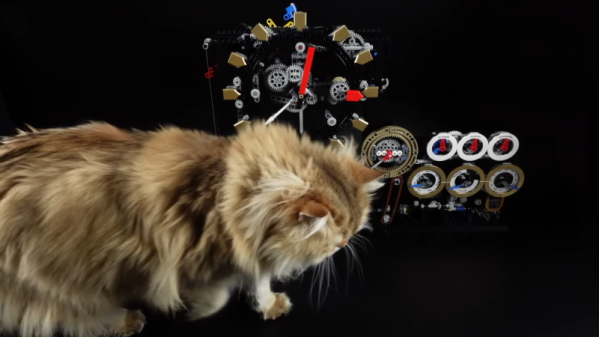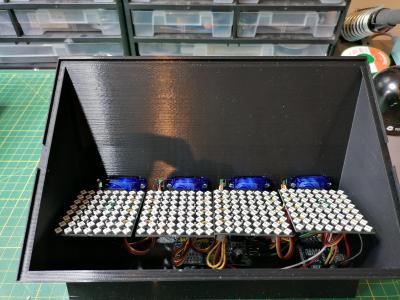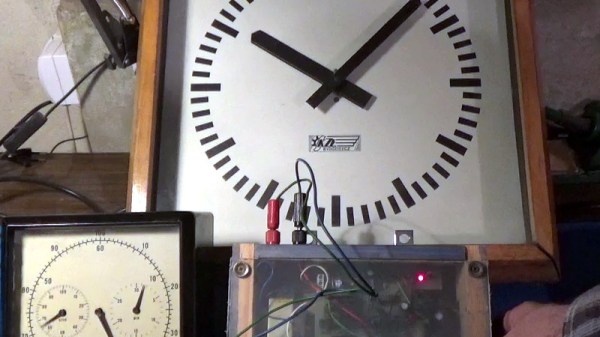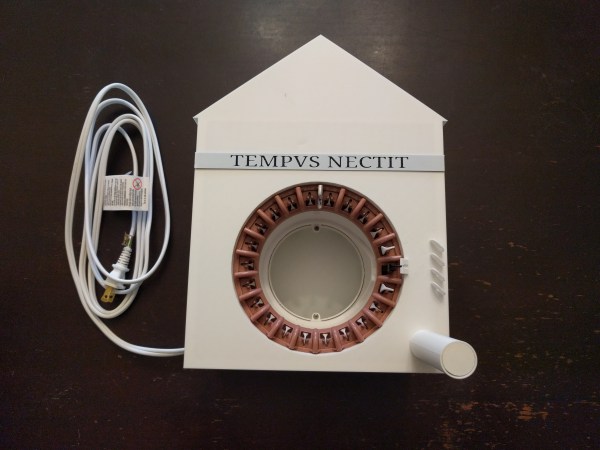If you are a fan of LEGO bricks or Rube Goldberg, you should have a look at [Brick Technology’s] billion-year LEGO clock. Obviously, it hasn’t been tested for a billion years, and we wonder if ABS would last that long, but the video below is still worth watching.
Even if you aren’t a LEGO fan, the demonstration of a pendulum clock and escapement is worth something and really shows the practical side of things. Of course, making a pendulum clock that keeps time isn’t anything magic — people have been doing that for centuries. But then more and more elements join to keep track of more time.
You might wonder how the pendulum keeps going for a billion years. Well, honestly, it can’t. But a solar panel charges a battery that rewinds the clock when the drive weight reaches the bottom. We imagine the solar cell and battery would be maintenance items if you expected the billion-year life cycle.
Some will ask why, but we get it. If you must explain why you build everything you do with LEGO, you are doing it wrong. The clock even keeps track of the galaxy’s rotation which, apparently, completes every 230 million solar years.
We’d be impressed with this clock even if it weren’t made with LEGO. Sure, it isn’t as posh as the fancy clock in Denmark. But it does work longer — at least, in theory — than most other LEGO clocks we’ve seen.
Continue reading “Billion Year Clock Is LEGO Genius Or Madness”


















